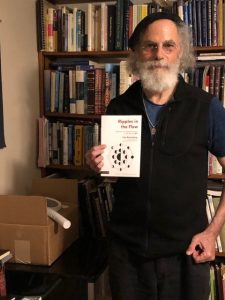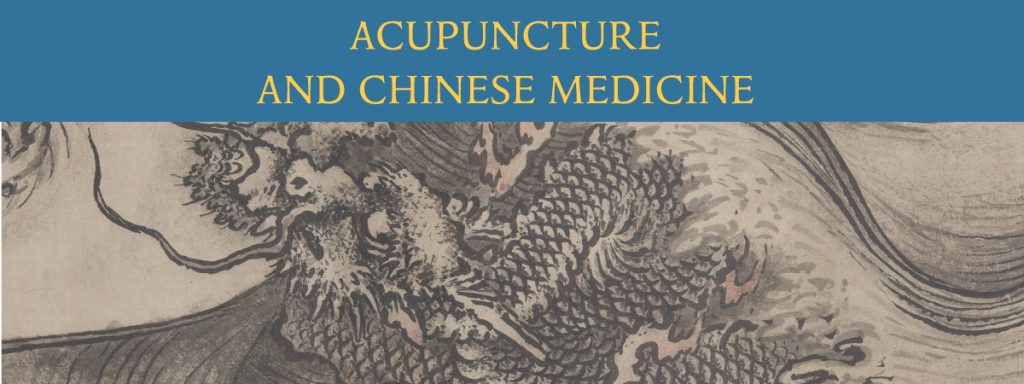
Sandra Robertson is a Practitioner of Chinese Medicine in Victoria, B.C., Canada. She is the author of Treating Children with Chinese Dietary Therapy. You can find more information at Nourishlifemedicine.com.
Food awareness
I recently spoke on a podcast and the subject of “processed food” came up frequently during the interview. After we had concluded I realized that I could have elaborated on the different levels and methods that are utilized in the processing of food. Not all processed food is unhealthy and in our often-busy lives, it’s helpful to make a distinction so we can choose efficiently and wisely for our health. Nowadays our grocery store aisles contain food products that have been hugely altered from their original states in ways that would have been unimaginable 100 years ago. Many staples such as bread, yoghurt, cereal, and baked goods have gone from being just simple processed food items to becoming ultra-processed food (UPF). Awareness and education of what we think we are eating and what we are actually eating is crucial not only to our own health but for the health of our children and grandchildren born into this world of quick, easy and addictive food products.
Continue reading Sabine Schmitz (M. Med. TCM) is a graduate of the Zhèjiang Chinese Medical University in Hángzhou, China where she majored in Chinese medical dermatology. Her enormous knowledge treasures from China as well as her many years of experience benefit many patients with chronic and complex skin diseases – such as psoriasis and eczema – but also many other patients with various diseases. Sabine has a busy TCM practice specializing in skin diseases, gynecological disorders and infertility treatment. Her first book with Singing Dragon,
Sabine Schmitz (M. Med. TCM) is a graduate of the Zhèjiang Chinese Medical University in Hángzhou, China where she majored in Chinese medical dermatology. Her enormous knowledge treasures from China as well as her many years of experience benefit many patients with chronic and complex skin diseases – such as psoriasis and eczema – but also many other patients with various diseases. Sabine has a busy TCM practice specializing in skin diseases, gynecological disorders and infertility treatment. Her first book with Singing Dragon,  By Dr Mary Garvey
By Dr Mary Garvey Z’ev Rosenberg, author of
Z’ev Rosenberg, author of 



